Cats are famous for their independence and solitude. For many, this is part of the appeal of owning a cat. It is often thought that if you want a pet to cuddle, you should get a dog, but that is such a cliche! Many cat owners know that it is possible to have a really cuddly cat – it all depends on their personality, breed and training. It might be because you are a cat person who loves to snuggle, or your partner has an allergy to dogs, but many people want an affectionate cat. So, what can you do if you want a cuddly lap cat? Can your cat be trained to be cuddly? What should you look for if you are looking to bring home a new member of the family?
What is a Lap Cat?
As with all pets, cats have a wide variety of personalities. They don’t all just want to be left alone. While some cats love to play, others like watching the world pass by. Some cats might hate being touched and picked up, and other cats can be clingy and hate being left alone. A ‘lap cat’ is the term used to describe the nap-loving, affectionate cats whose favorite place to sit, as you might guess, is their owner’s lap.
There are three key factors that can influence your cat being a lap cat: personality, breed, and training.
- Personality is self-explanatory – a very affectionate cat usually acts affectionately.
- Breed often influences personality, so adopting certain breeds can increase the likelihood your cat will be affectionate.
- Training involves rewarding and encouraging affectionate behavior
While ideally you would have all three in your favor, it is possible to train an aloof breed to develop the affectionate side of their personality. If you are looking for a new cat, you should research about breeds and personality, before undertaking training, but you can often still encourage affection in existing feline members of your family.
Cats and Affection
It is worth noting that your cats might behave differently with different family members. Just as humans have a variety of relationships between one another, your cat might be more of a lap cat with certain family members, and more protective but distant with others. If your cat is a bit more distant with you, don’t worry. It doesn’t mean they don’t love you. It might just be that you aren’t the person they are used to cuddling.
As cats are so naturally solitary, any sign of choosing your company can be interpreted as affection. Of the many signs that they could show you, evidence of your cat’s love may include:
- Walking up to you when either of you enters a room
- Wrapping their tail around your legs
- Licking you
- Side swiping against you
- Leaning towards you
- Looking towards you, while still being comfortable breaking eye contact
Which Breeds are the Friendliest?
When you are looking for a new cat to be your companion, there are a lot of things to think about from whether to adopt or go to a breeder, to whether you want a kitten or a cat, and if they are going to live indoors or outdoors. Another factor you should consider is how their personality is going to fit in with you and your lifestyle.
Once you know what you want, it is easy to research which breed encompasses these things, and if you want a lap cat, friendliness is a crucial factor. So, of all the over 60 cat breeds that exist, which are the most likely to show affection? To help you know where to start, here are the top 10 friendliest cat breeds:
Scottish Fold
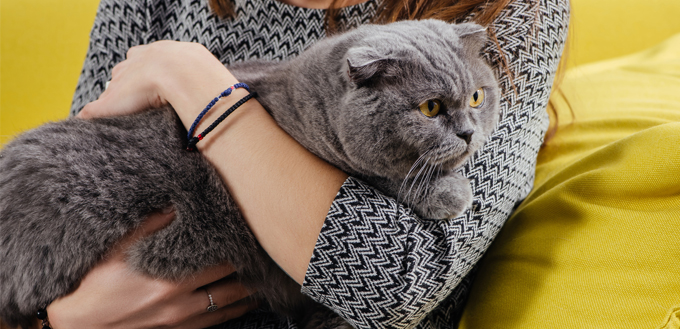
Also known as the Scottish Straight, these days this breed might be most famous as Taylor Swift’s breed of choice! They have been man’s companion for thousands of years before this, however, and this has led to their comfort around humans and docile nature.
Ragdoll

These cats are definitely calm and relaxed, and they love humans. They like humans so much that their name derives from their habit of going completely limp in our arms. Many Ragdoll cats are even known to pester their owners into picking them up for a cuddle. They are also quite trainable. Some have even learned to play fetch!
Tonkinese
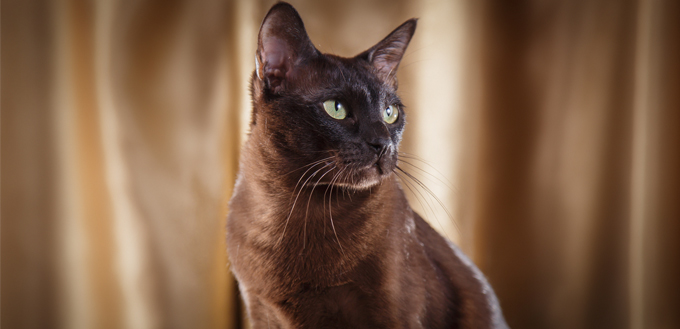
A social cat, the Tonkinese are also known to be very intelligent. They enjoy being held and spending time with you. Most notably, they enjoy chatting to you. They vocalize frequently and, as you get to know each other better, you might even find you can hold entire conversations!
Birman
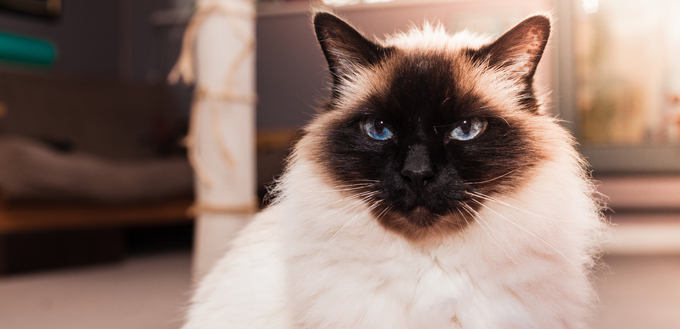
Birman cats are a popular choice of companion for people who want a cuddle companion because they not only genuinely like humans, but they are particularly fun to hug due to their fluffiness. Described as ‘people-orientated’, the Birman breed can also be quite sensitive, as affectionate creatures often are, so be attentive to their needs if you want a loyal, loving friend.
Sphynx
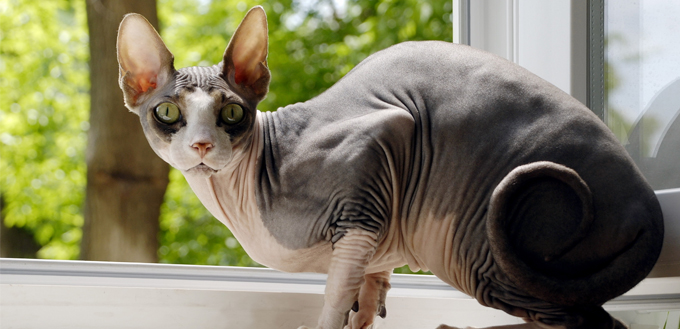
Although they are known to be a loving and fun pet, Sphynx make great lap cats predominately because they are always on the hunt for a warm place to sit. Your body heat, and a few blankets, will endear your beloved Sphynx to your lap, particular throughout the cold winter months.
Siamese
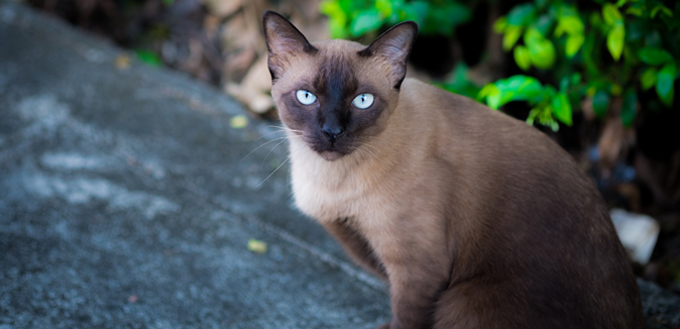
Another vocal breed is the Siamese cat, also known as the Oriental Shorthair. They are known to follow you from room to room chatting about their day. If you live alone, they can be a great social companion while you are relaxing in the evening, or getting ready to go to work.
Kurilian Bobtail
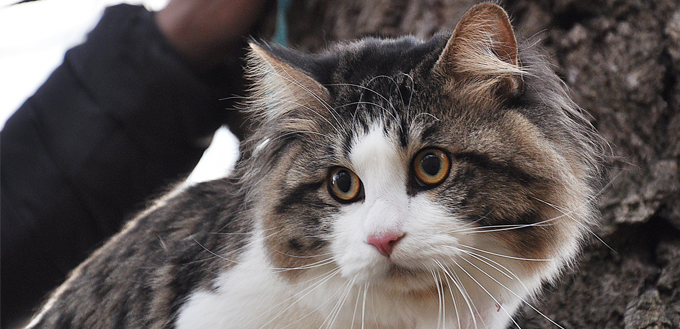
Probably the least common breed on this least, the Kurilian Bobtail is not often found as pets in the USA. However, this shouldn’t put you off taking one in. They are known for their loyalty to their owners, which often results in sweet displays of affection.
Burmese
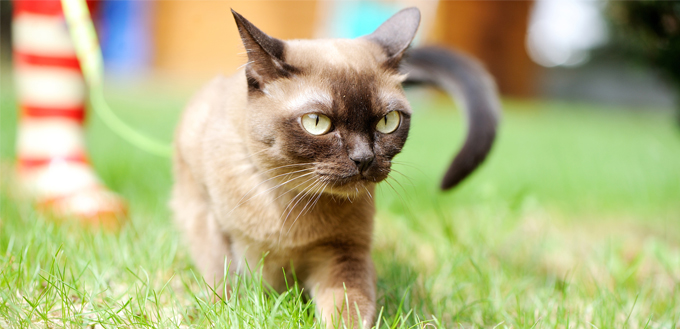
Another social breed is the Burmese cat. Alongside their close relative, the Bombay cat, they are known to often make friends with strangers, and love to be held. In addition to this social nature, many owners choose them due to their expressive faces.
Maine Coons
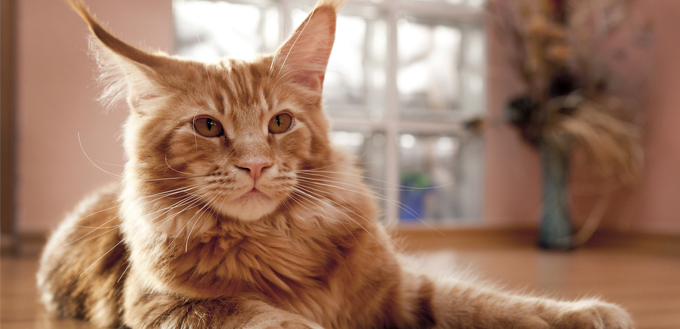
Despite their size, Maine Coons are as gentle and affectionate as they come. They often bound up to you when you enter a room, and have been compared to dogs due to their close relationships with their owners.
Devonshire Rex
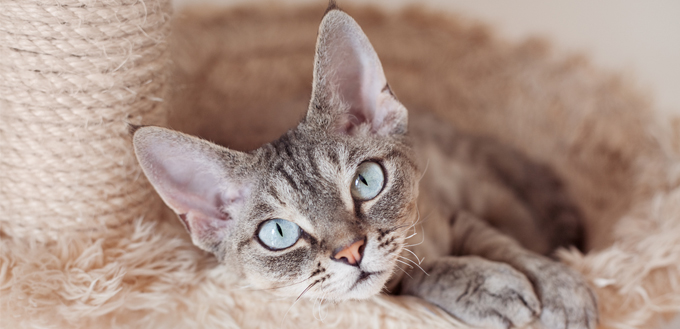
Last, but definitely not least, is the Devonshire Rex. In addition to their friendly nature, this breed is well known for its intelligence. This can make them very trainable, and, therefore, very amenable to being trained to sit and relax on your lap.
It is worth noting that, generally, exotic breeds are known to be less cuddly, and so may not be ideal lap cats. Breeds such as Bengals, Savannahs, Safaris, and Chausies are all more likely to enjoy an active lifestyle with plenty of play-hunting and play-fighting. They won’t want to sit still on your lap for long periods of time.
Another factor to consider is age. Older cats make better lap cats as they enjoy a good nap and cuddle, while kittens won’t want to stay still on your lap for very long. You should consider adopting from your local shelter if you want a lap cat, as you will find quite a few older cats who really want some love and attention.
Some people believe that there is a link between fur color and temperament, and it is true that there is a lot of anecdotal suggestions that orange cats can appear pushy and tortoiseshells are aggressive, but there isn’t currently any scientific evidence to support these claims. Don’t worry too much about the color of your cat’s coat if your priority is finding a lap cat. Their breed is much more important.
Lap Cat Training
Once you have your cat, you may still need to train it to enjoy sitting on your lap. This is not necessarily an easy task, even if your cat enjoys being held, stroked, or showing other signs of affection. If you want to train your cat to sit on your lap, here are some helpful tips
- Get to know your cat, patiently. This is where adoption becomes a really good option. Volunteer at your local shelter and see if you bond with a calm, approachable, nap-loving cat who likes being picked up.
- Create a safe and secure environment. Even if your end goal is to lounge with your cat as you watch TV, first thing’s first – you have to convince them to willingly sit still on your lap. They are less likely to do this when they feel alert to danger. Turn off the TV and let them feel they are in a safe place.
- Put their bed next to your favorite space on the couch. If they are already napping right next to you, it won’t be too much of a change for them to curl up to nap on your lap instead.
- Be positive, calm and trustworthy. You might need to wait for a new cat to adjust to your presence before you demand that they sit on your lap. Avoid angry or intimidating stances, such as crossed arms, and don’t stare them down as it may feel like a threat.
- Don’t force them, or restrain them. Your cat must choose to nap on your lap, or they will view your lap as a unhappy place, or a prison. Never use punishment to control your cat. Try sitting and putting them on your lap during a cuddle session, let them naturally lay there while you cuddle so that they see it is a pleasant place to be. If they get up to leave, let them – there will be more chances later.
- Reinforce their behavior with rewards. If your cat does lay on your lap for an extended period of time, reinforce their behavior with praise, extra cuddles, and treats. Start by rewarding 20 or 30 seconds of sitting on your lap, and then lengthen it out until they are used to spending an entire nap time there.
- Make sure you know how they like to be petted. Petting is a great positive reinforcement, if done right. It can soothe your cat and keep them calm for longer sessions on your lap. All cats are different, so don’t just assume you know how to pet them. Watch how they respond to a scratch behind the ear or a belly rub, and discover what really makes them happiest.
- Keep your lap a sacred, happy place. If you want your cat to continue to enjoy sitting on your lap, you must make sure it is never a place for anything unpleasant, such as injections or flea medication. You should find another way to administer these things, such as on a table.
- Spay or neuter them. If you want your bond with your cat to generally improve and become more affectionate, you should ensure that they are spayed or neutered. Hormones affect your cat’s aggressive behavior a lot, and limiting one cause of this behavior will make them more inclined to curl up as an affectionate lap cat.
- Keep to a meal routine. Some cat owners choose to offer their cats a steady-stream of constant food in their bowl for them to graze on throughout the day. This not only risks overfeeding your cat, but will diminish your importance in their eyes. With set meal times, you are showing them that you are a positive and beneficial force in their life that they should love and respect.








I want a lap cat please a little bit does cost much money low energy medium energy good with kids all ages and a bonded pair cat a lap cat that set in my lap